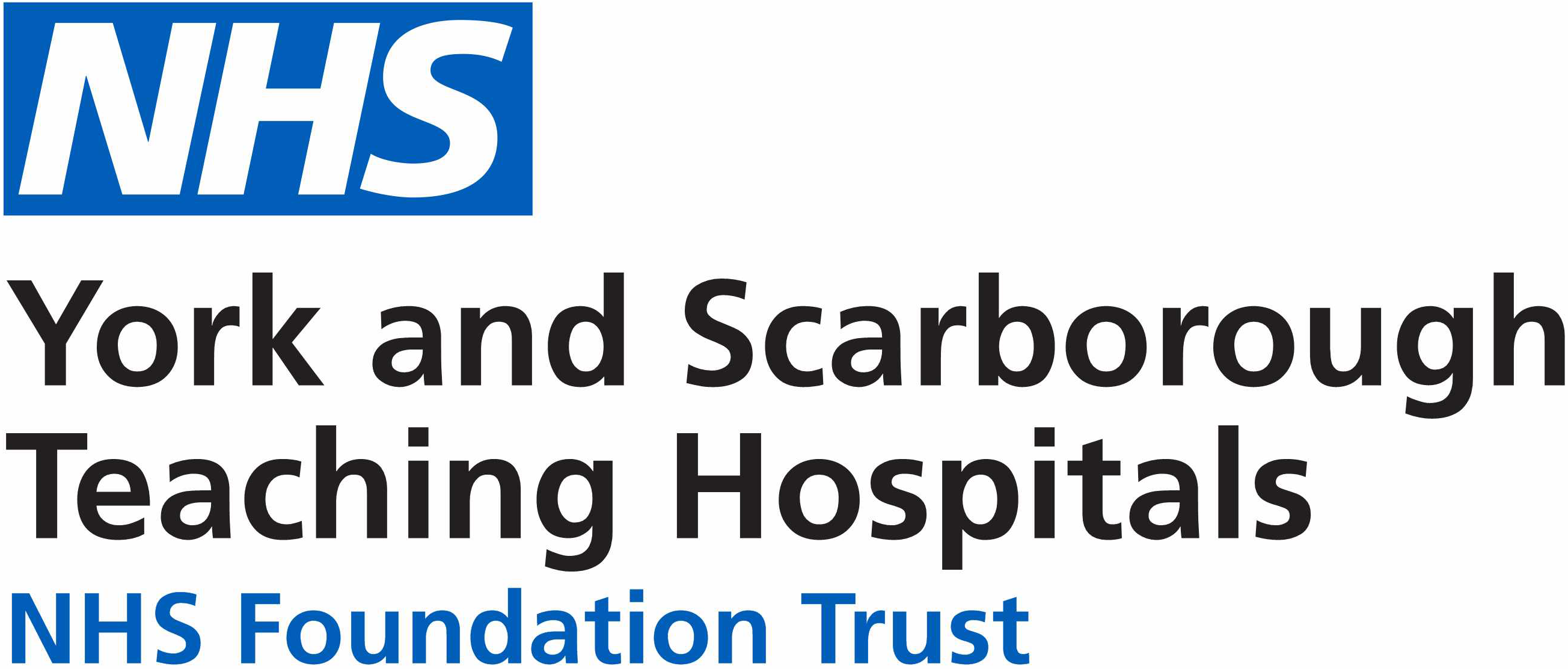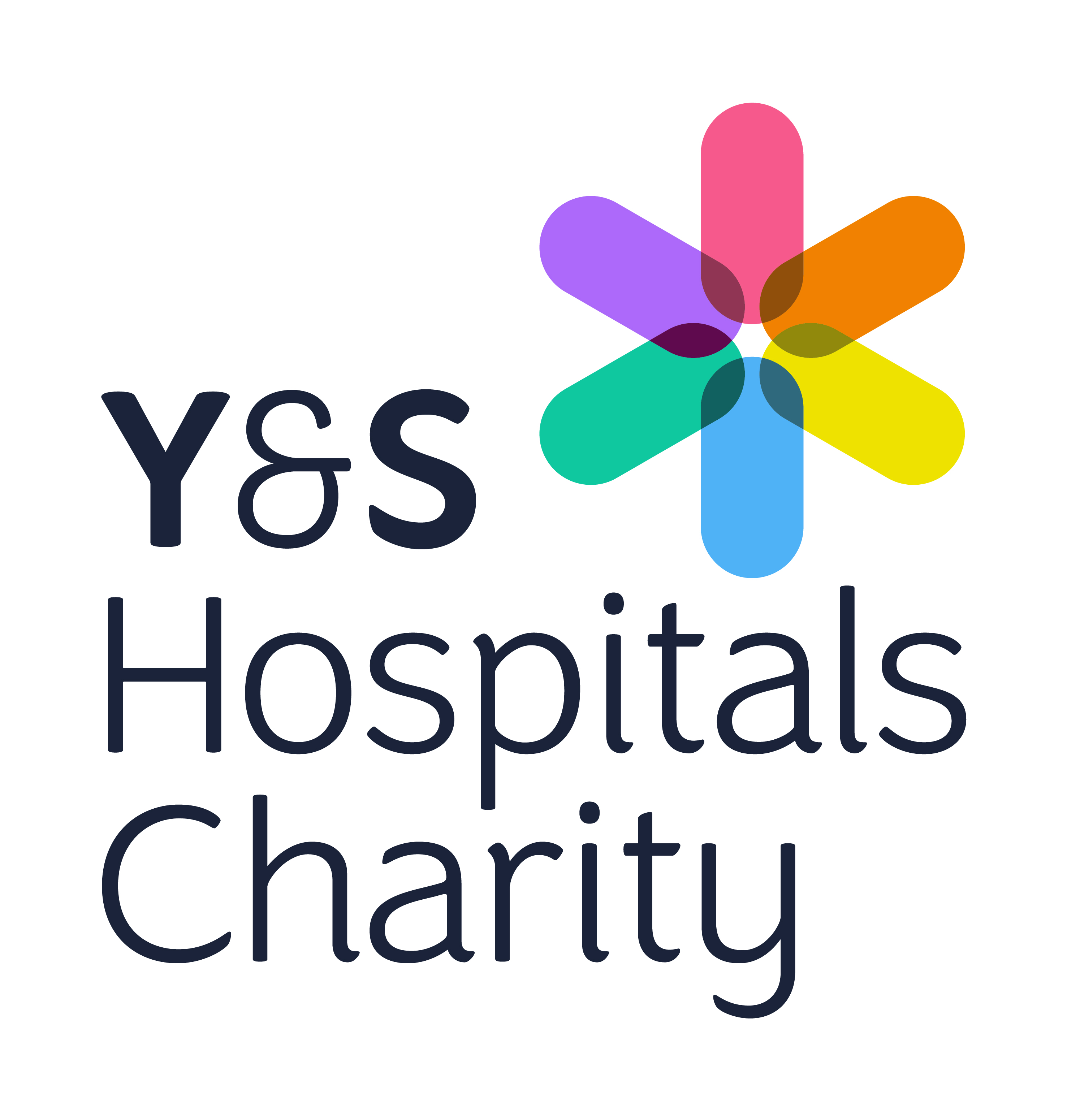In this section
Mastitis
Mastitis is the inflammation (swelling) of the breast tissue and can be a common problem seen in breastfeeding women. The first signs of it may be a wedge-shaped painful red area on the breast which can feel lumpy and hot to the touch. It may cause you to suddenly feel unwell, with flu-like symptoms such aching and higher temperature, as well as shivering. It can happen when milk leaks into the tissues from blocked ducts, and your body reacts to it, causing redness and swelling, although this is not always a sign of infection.
Why does mastitis occur?
- Baby not feeding properly at the breast. Health professionals call this a problem with positioning and attachment. In the first couple of weeks this should be checked every time your midwife/health visitor or peer supporter sees you feeding. If your baby is not attached properly he/she may not drain the breast effectively
- Engorgement- if your breasts are over full they are not being drained properly and can lead to blocked ducts (where the milk is stored). This can then cause bacteria to grow.
- Tight clothing - this is especially true for bras. Make sure you have a good fitting nursing bra that does not press into the skin.
How to prevent mastitis
- Feed your baby regularly and try to go too long between feeds
- Don't let your breasts get too full -try to express if you cannot feed
- Wear a good fitting bra and make sure your clothes don't press hard on your breasts
How to clear blocked ducts
To clear blocked ducts and engorgement (that lead to mastitis):
- Check that your baby is well attached at the breast and keep feeding.
- Even though you may feel ill, if you stop feeding it will become worse very quickly.
- Feed regularly and do not let the breasts become over full
- Express if your breasts feel uncomfortably full
- Feed from the affected side first to make sure the baby drains it
- Try feeding in different positions such as lying down
- Massage the breast to help the milk flow or use warm flannels
See your GP if these self help measures do not work, or you continue to feel worse. Pain relief can also be taken to try and reduce the swelling and raised temperature.
Pain relief
- Ibuprofen- reduces the inflammation and reduces pain. Take them following a feed. Do not take if you are asthmatic, are allergic to aspirin or have a stomach ulcer. It is safe to take during breastfeeding.
- Paracetamol- relieves pain and reduces temperature but does not relieve the swelling. Take two 500mg tablets up to four times a day.
- Antibiotics may be prescribed by your GP if there seems to be an infection caused by bacteria. These antibiotics are safe to take whilst breastfeeding, and will not harm your baby but it may cause him/her to have slightly runnier poo than normal and can become slightly irritable. However, it is important that you finish the antibiotics.
Written following guidance from Mastitis guidelines (Blackburn with Darwen PCT 2008) and "Mastitis and breastfeeding" (BfN 2007)






